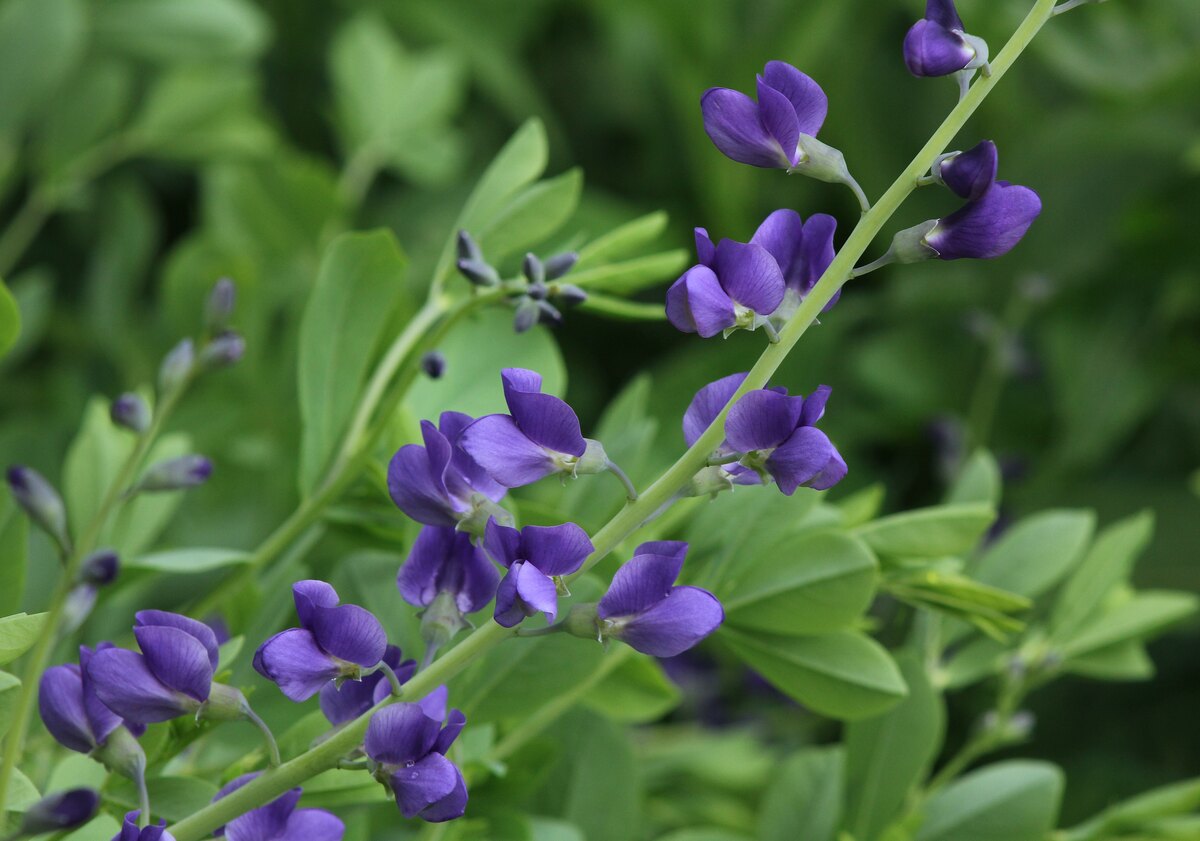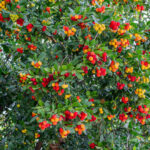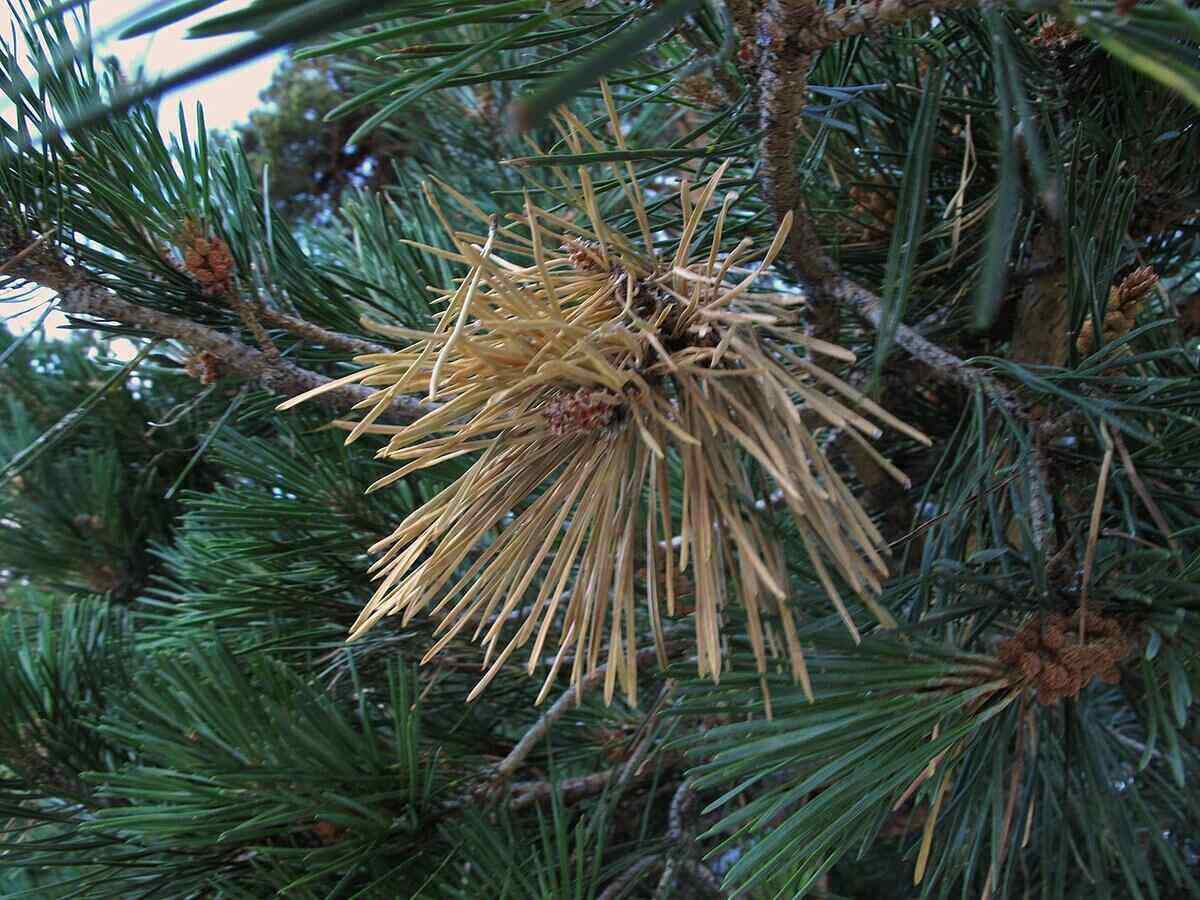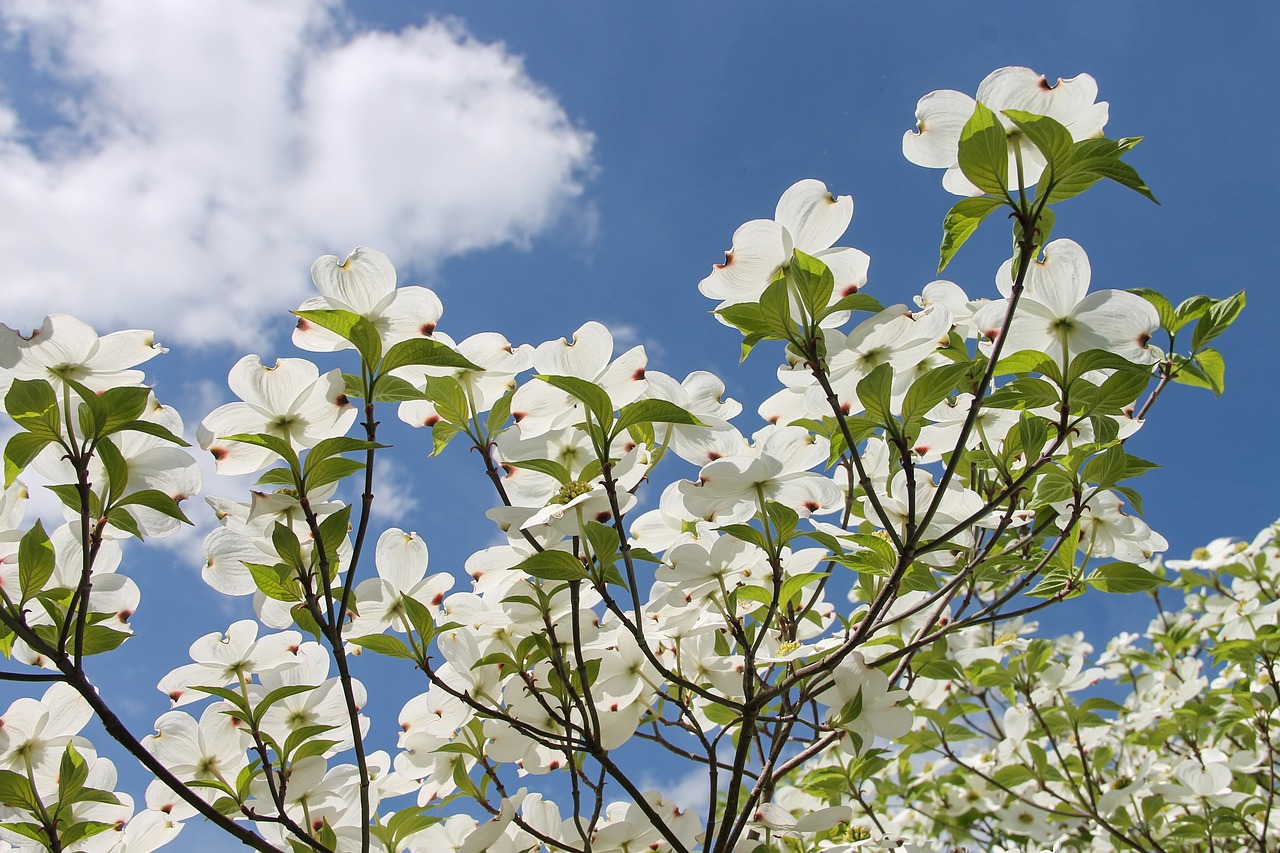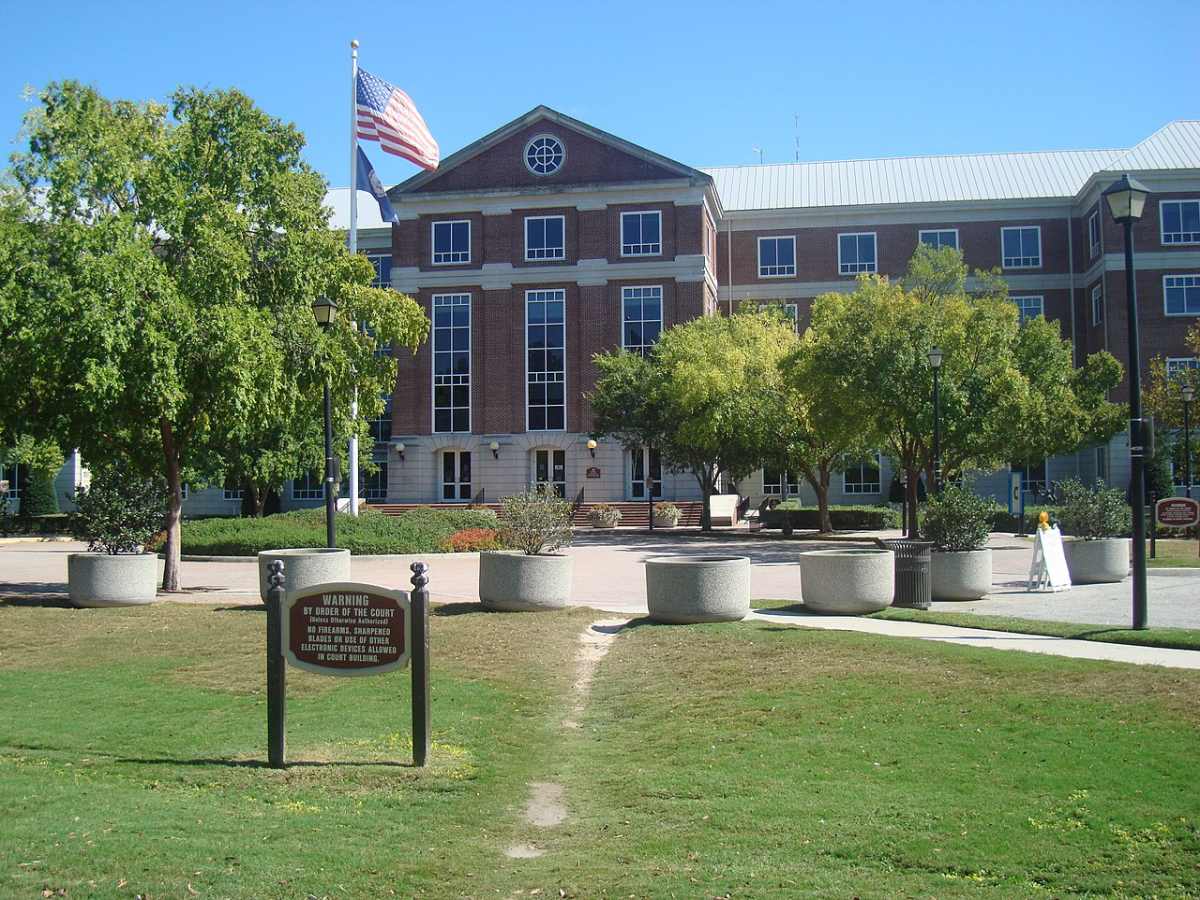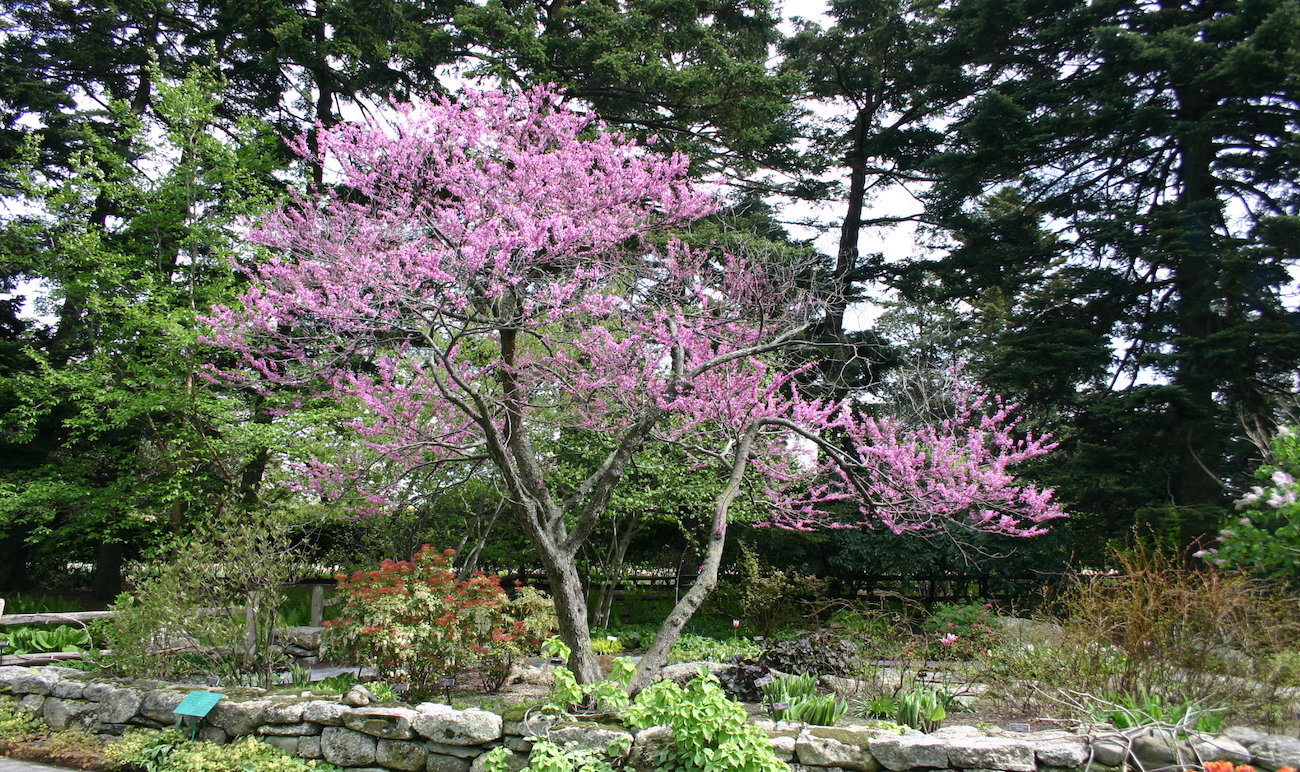
When you think of best native trees to plant in Richmond you might want a list … or maybe two lists!
Richmond is unique in that it lies on the “fall line” — an area marked by waterfalls and rapids as two different geological zones converge — creating a city delineated by two very different soil types.
The western section of the city is on the Piedmont Plateau and has thick soils consisting of deeply weathered bedrock materials; these soils are known to be highly fertile and prized for agriculture in the Southern region of the plateau. The eastern region of Richmond lies on the Atlantic Coastal Plain; the soils there consists of sandy, marine deposits over a clayey subsoil.
These differences in soil textures lead to a significant difference in water retention and drainage creating the need to find native trees that can tolerate both wet and dry soil conditions. With this in mind, here’s my list of the best native trees for your yard in Richmond.
1. Eastern Redbud
The Eastern redbud (pictured above) is a beautiful, flowering native tree to add to your Virginian landscape. The Eastern redbud grows up to 30 feet tall in a range of soils, tolerating acid and alkaline conditions, loams, sand, and even clay soils making it a good fit for either soil type.
Cercis canadensis puts on a brilliant show in the spring; clusters of small magenta buds open up to rosy pink blossoms, lasting up to three weeks. Shortly thereafter red, heart-shaped leaves unfurl and darken to a deep green over the summer, turning bright canary yellow come fall.
2. Sweetbay Magnolia
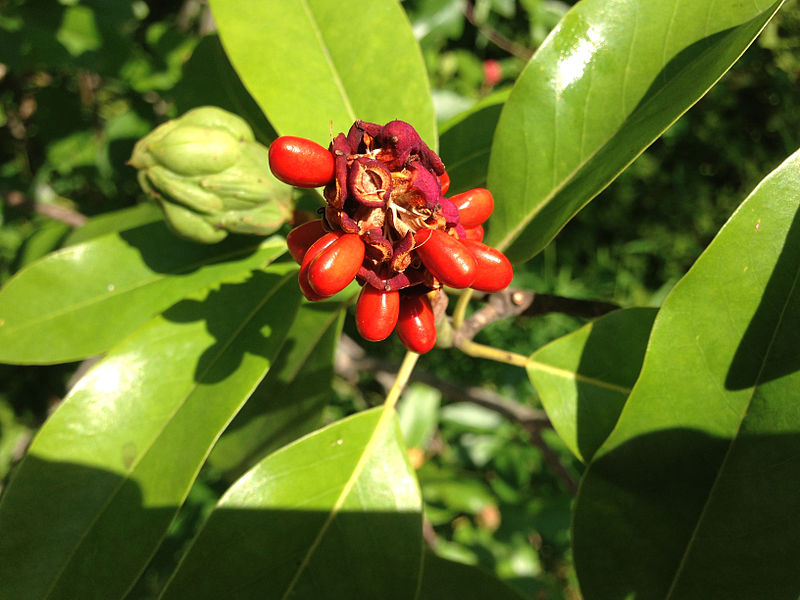
Known as either sweetbay magnolia, or simply sweetbay, this small tree is an excellent choice for smaller spaces and will tolerate both moist soils and drought conditions. The sweetbay reaches 10 to 20 feet tall when fully mature and prefers full sun to partial shade locations. Dark-green, glossy leaves are 3 to 5 inches in length and have a silvery underside. Creamy-white flowers bloom in late May or early June to avoid damage from spring frost and bear a slightly lemony scent. Clusters of red fruit attract wildlife.
The sweetbay magnolia also creates less of a mess in your yard than other magnolia cultivars. As a homeowner, less mess is always a good thing!
3. Bald Cypress
A unicorn of sorts, the bald cypress is a deciduous conifer, meaning it loses its needles each winter (after turning a stunning russet-red color in the fall) and grows a new set the following spring. Bald cypress trees are adapted to a range of soil types including wet or swampy sites but will also tolerate dry soils. The heartwood is resistant to decay and mature trees grow into giants, living up to 600 years under proper growing conditions.
4. Black Gum
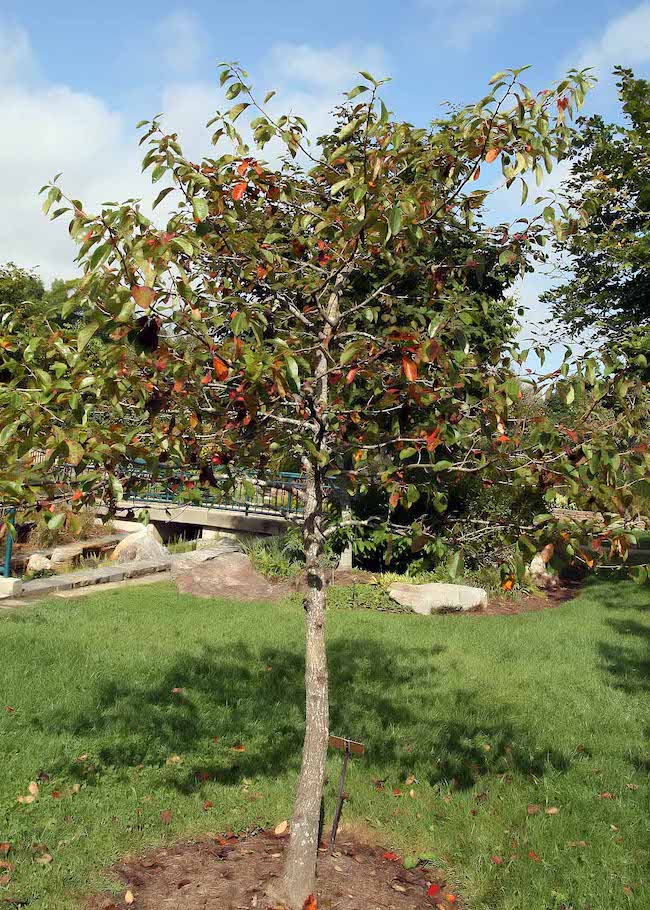
Unlike the sweet gum, which I recommended against planting in San Antonio, the black gum tree should be a frontrunner on your list for the Richmond area. The black gum tree, or Tupelo, is native to USDA growing zones 4 – 9 and outcompetes many other hardwood deciduous trees in terms of both spring and fall color. (Richmond is pretty well-centered in that range of growing zones, at 7a and 7b). Dark-green glossy leaves give way to shades of yellow, orange, bright red, purple and scarlet in the autumn. Its deeply ridged bark, when fully mature, reminds people of alligator skin.
The black gum tree is adaptable to variable climate conditions and can tolerate wet locations while being resistant to drought. Trees prefer full sun sites for the most striking fall color but will grow in partial shade as well.
5. Willow Oak
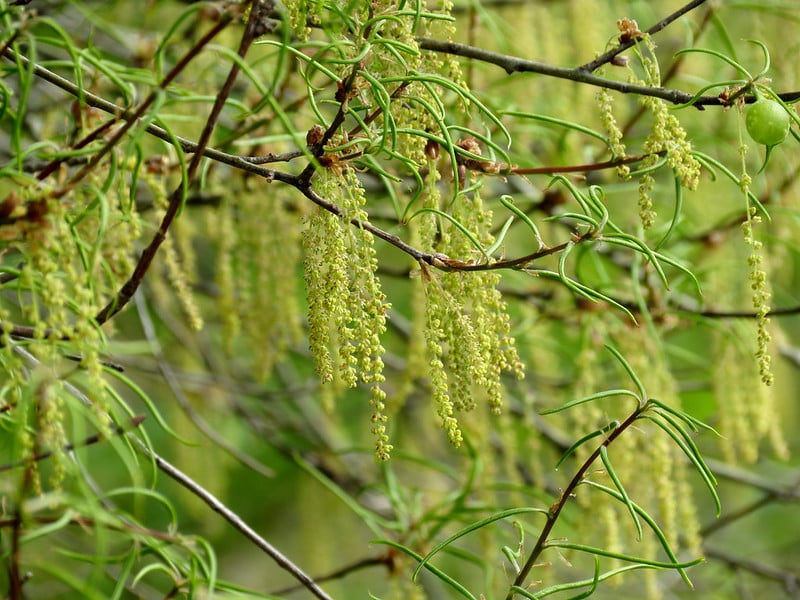
A member of the red oak tree family, versus the pesky willow, willow oak is one of the top 100 trees planted in the United States. An excellent choice for a shade tree the willow oak has fine willow-like foliage contributing to its popularity as an ornamental specimen for landscapes. Arborists consider the trees trouble-free. They thrive in moist, well-drained soils in full sun locations but tolerate sandy soils that are drier. Small acorns take two years to mature, a unique trait of this tree, and encourage wildlife to your yard.
6. Washington Hawthorn
Smaller in stature than some of the other trees listed here, the Washington hawthorn is one of the most commonly planted hawthorn species. Showy, snow-white flower clusters appear in late May or early June, lasting seven to 10 days. Leaves open as a reddish-purple changing to dark green over the summer, and then morphing into orange, scarlet or purple in the fall. Small, bright-red fruit persists through the winter.
Talk to a Richmond landscaping expert if you need help selecting trees for your landscape. LawnStarter can connect you with passionate lawn care and landscaping pros with helpful advice.
Main photo credit: Ryan Somma, CC 2.0.
